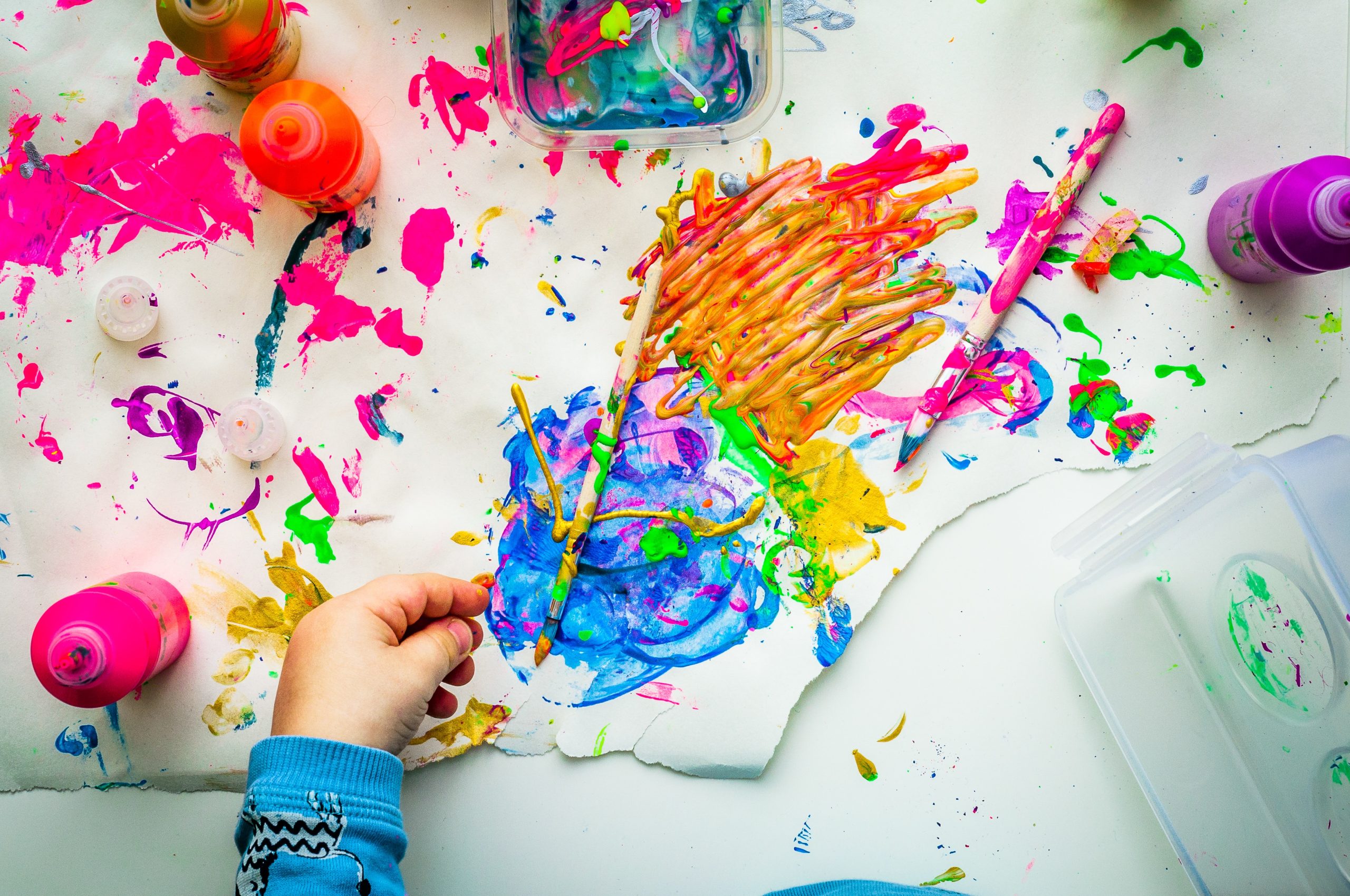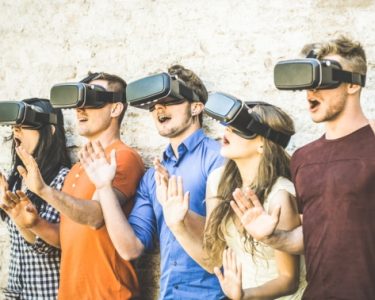In the hustle and bustle of our modern lives, finding moments of peace and renewal has become increasingly important. The pursuit of well-being and mental health has taken center stage, leading individuals to explore various avenues to achieve inner balance. One such avenue that has gained recognition is the intersection of art, therapy, and wellness. The powerful combination of these three disciplines offers a unique and transformative approach to self-discovery, healing, and personal growth.
Art, in its myriad forms, has always held the ability to touch the depths of human emotion and expression. From paintings and sculptures to music and dance, artistic endeavors have the power to convey and evoke feelings that often elude words. Therapy, on the other hand, provides a safe and supportive space for individuals to explore their thoughts, emotions, and experiences under the guidance of a trained professional. It enables individuals to gain insight, process trauma, and develop coping strategies. Wellness encompasses a holistic approach to health, emphasizing the well-being of the mind, body, and spirit.
When art, therapy, and wellness intertwine, they create a harmonious synergy that can facilitate inner renewal and personal transformation. Let us delve deeper into the ways in which these three disciplines merge and empower individuals on their journey toward well-being.
- Art as Therapy: Art therapy is an established field that combines artistic expression with psychological principles to promote healing and growth. Through various artistic mediums, individuals are encouraged to express their emotions, thoughts, and experiences in a non-verbal and creative manner. This process allows for the exploration of subconscious thoughts and feelings, leading to increased self-awareness and self-discovery. Art therapy can be particularly beneficial for those who struggle to articulate their emotions verbally, as it provides an alternative mode of communication and introspection.
- Therapeutic Benefits of Art: Engaging in art as a therapeutic practice offers a multitude of benefits. The act of creating art can be cathartic, providing a release for pent-up emotions and stress. It allows individuals to tap into their innate creativity, fostering a sense of empowerment and self-esteem. Additionally, art-making can promote mindfulness and presence, as individuals immerse themselves in the process of creation, focusing on the present moment. The therapeutic benefits of art extend beyond the act of creation itself; the final artwork serves as a tangible representation of one’s journey, offering a visual narrative and a source of reflection.
- Integration of Art in Traditional Therapy: Incorporating art into traditional therapeutic approaches amplifies the efficacy of psychological interventions. Many therapists integrate artistic techniques and activities into their sessions to facilitate expression, enhance communication, and deepen the therapeutic process. Whether it involves using drawing exercises to explore emotions or engaging in music therapy to alleviate anxiety, the integration of art within therapy broadens the avenues through which individuals can explore and heal.
- Art and Wellness Practices: Art-based wellness practices have gained popularity as individuals seek holistic approaches to self-care. From mindful coloring and painting workshops to expressive dance and movement classes, these practices emphasize the integration of art and creativity into daily routines for enhanced well-being. Engaging in artistic activities can serve as a form of active meditation, providing respite from daily stressors and nurturing a sense of joy and fulfillment. Furthermore, art-based wellness practices encourage self-expression and the cultivation of a positive relationship with one’s body, fostering self-acceptance and body positivity.
- Community Engagement and Social Connection: The intersection of art, therapy, and wellness also extends beyond individual experiences. Group art therapy sessions, community art projects, and collaborative exhibitions provide opportunities for individuals to connect with others, share their stories, and engage in meaningful dialogue. Art has the ability to bridge divides, spark empathy, and create a sense of belonging. Such communal experiences enhance social




